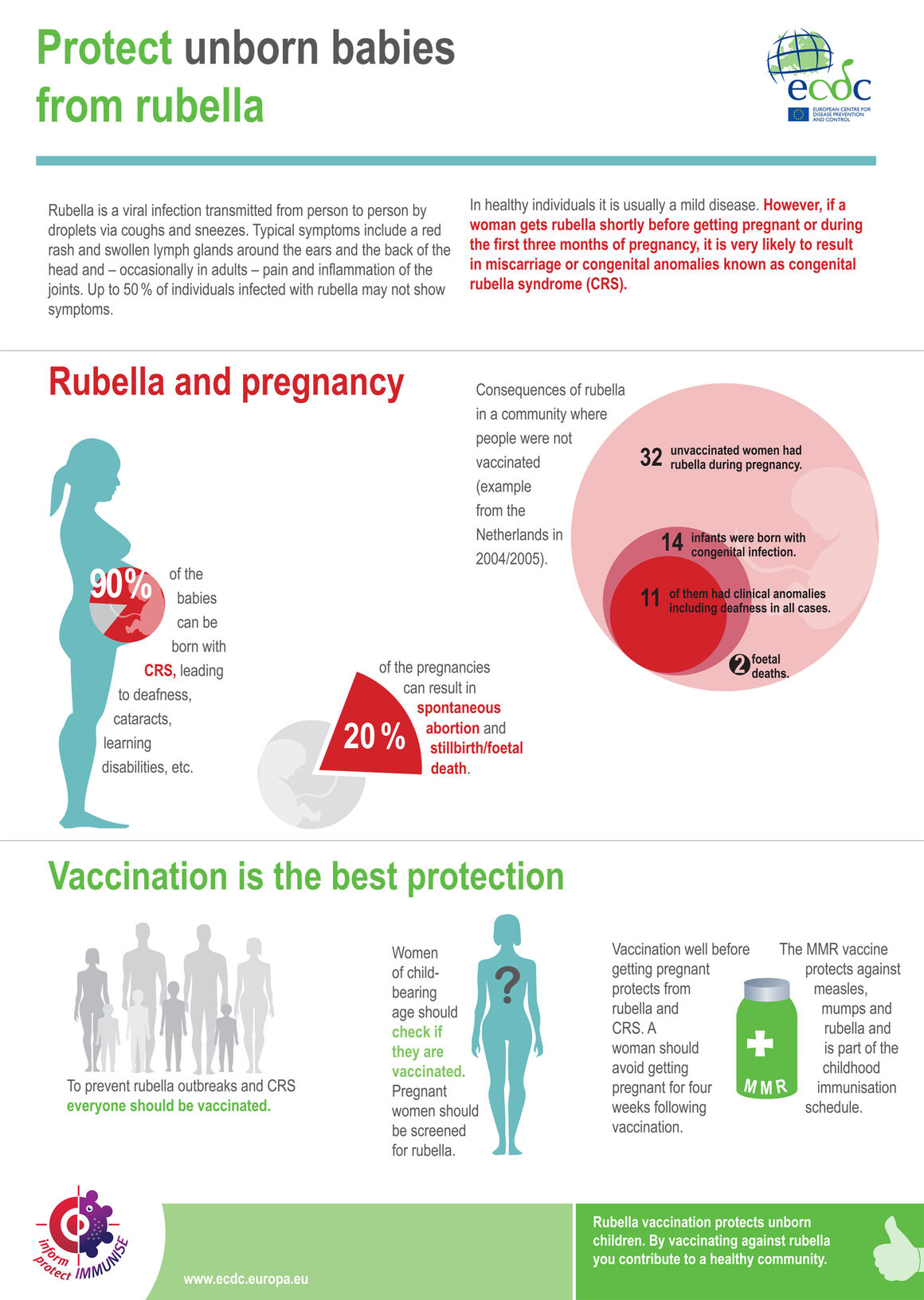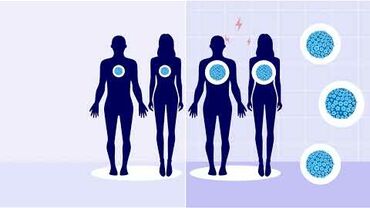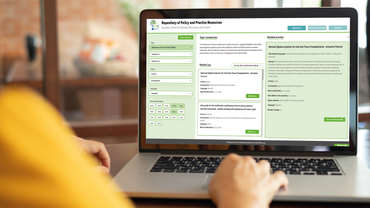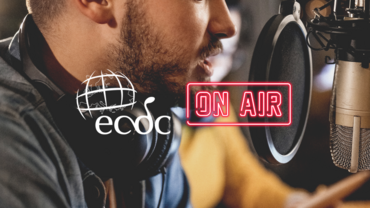Communication toolkit on immunisation: How to increase immunisation uptake
This ECDC communication toolkit aims to support EU/EEA countries in their communication initiatives to increase immunisation uptake, in particular childhood vaccination. It provides template materials that health authorities can adapt to develop their own communication initiatives, in line with national, regional or local strategies and needs.

Who do you want to reach?
The materials provided in this toolkit aim at helping healthcare providers involved in immunisation services in their conversations with parents, caregivers and patients in general. These materials, can be adapted and translated, for example, to use as hand-outs for patients to inform them on the importance of immunisation, prevention of vaccine-preventable diseases, and to address common questions and concerns they may have.
Toolkit materials
The content of these materials is based on the ECDC communication guide ‘Let’s talk about protection‘ and the publication 'Measles and rubella elimination: communicating the importance of vaccination'. The toolkit supports the practical implementation of these documents by providing materials that can be shared with the public by healthcare authorities and healthcare providers.
The toolkit will be continuously updated with additional materials.
Materials
How to adapt the materials?
The tools are provided as easily adaptable template materials, in different file formats for download, in order to help making specific communication activities for vaccine preventable diseases easier, more effective and affordable.
Templates can be used in their original form if desired, but all the template files can be easily translated and adapted according to your language, cultural specificities and campaign focus. The font used (Aria Narrowl) is normally part of any Word processing system. The files are provided in:
- PDF flattened format for easy reproduction: this format can be used to view the material and for printing purposes
- Adobe InDesign format for professional use: this format can be used to modify the layout and/or the text
- Word files: this format can be used to facilitate translation in your language
Cultural adaptation of health communication materials
This guide introduces a five-step, stakeholder-based approach to adapting health communication materials. It describes how countries can take any health communication material (produced in English or other languages) and create adapted products which reflect national or local realities, needs and assets without losing the scientific correctness, core concepts and messages of the original version.
For further information and to send us a feedback on the communication toolkit, please contact info@ecdc.europa.eu
Disclaimer and copyright notice
This toolkit and the prototype products are provided for information purposes only and should not be interpreted as official advice from ECDC. Information contained in the materials may need to be updated in the future as new evidence becomes available.
These materials have been created under a contract. ECDC is the copyright owner of the material created under contract, unless otherwise specifically indicated. In accordance with the copyright policy of the Centre, free use of the material for non-commercial purposes is allowed without need of prior authorization and as long as ECDC logo or reference is included.
Please be aware that certain parts of the material are licensed under conditions to the ECDC and, therefore, the licensed material shall not be used outside the specific purpose of the campaign. If a private entity is involved in any way in organizing, sponsoring or supporting by any other means the campaign, please be aware that use of the material is allowed as long as the purpose of the event is non-commercial.
Some of the pictures contained in this toolkit have been provided to ECDC under Creative Commons licenses. You may copy, distribute or display the pictures – but not any derivative works based on them – only for non-commercial purposes. The original source of the photos should be cited as it has been done in the provided materials. The names of the sources are also included in the title of the photo files so as to avoid mistakes in the references.






